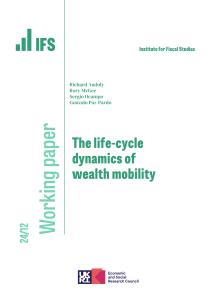Multiple sources of funding are becoming increasingly important for charitable organizations. Donations from corporate donors for example account for 25–35% of charitable income for the largest US charities, across charitable sectors. This note presents some tentative first evidence from a natural field experiment to shed light on how different types of potential donors: individuals, corporates and aristocratically titled individuals, respond to the same fundraising drive. Each donor type was randomly assigned to treatments varying in two dimensions: (i) whether information was conveyed about the existence of an anonymous lead donor, and (ii) how individual donations would be matched by the anonymous lead donor. We find that aristocrats are significantly more likely to respond and that corporates give significantly more than individuals. Treatment effects moreover suggest that (proportional) matching is to be avoided for corporate donors.











